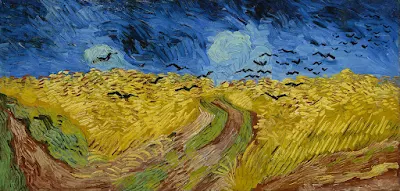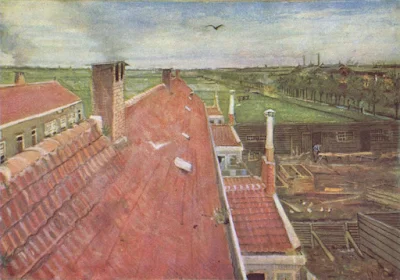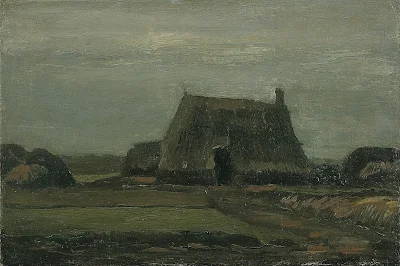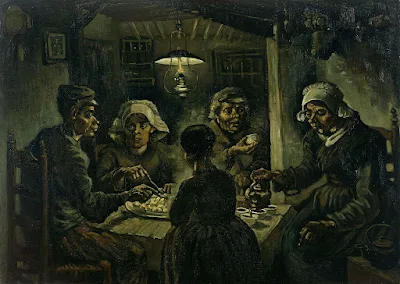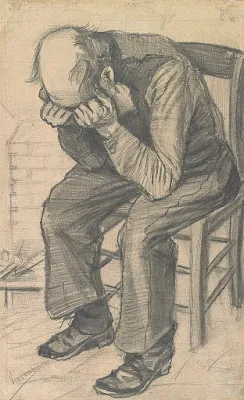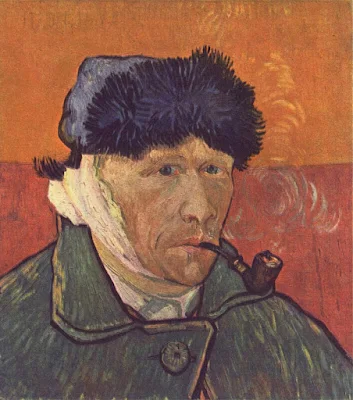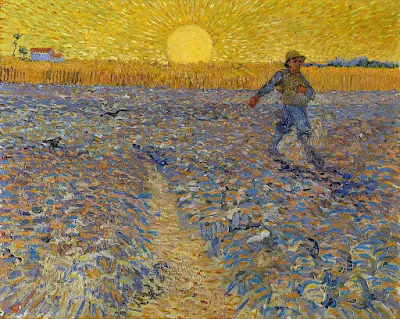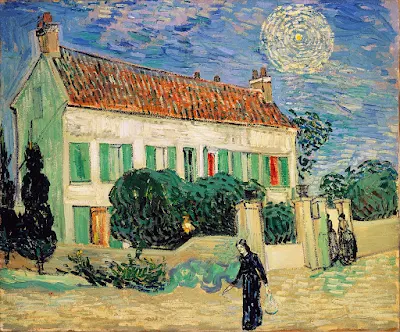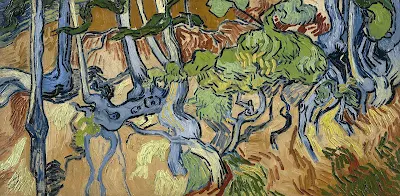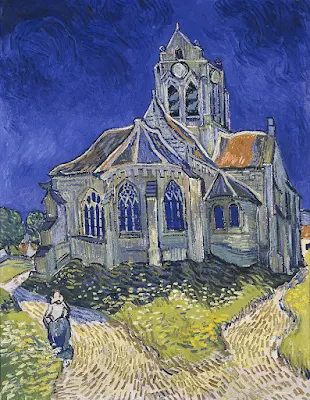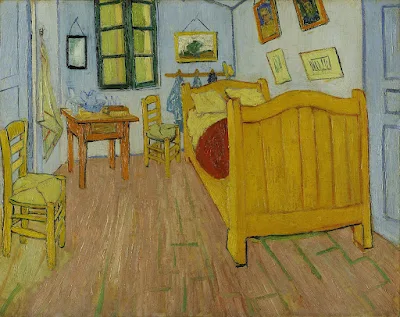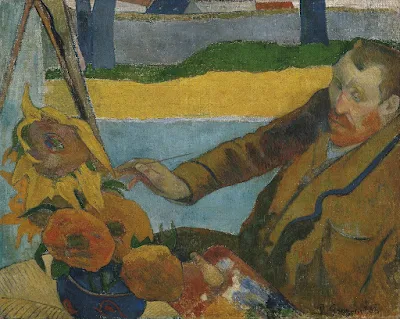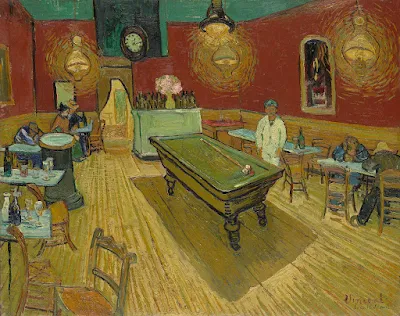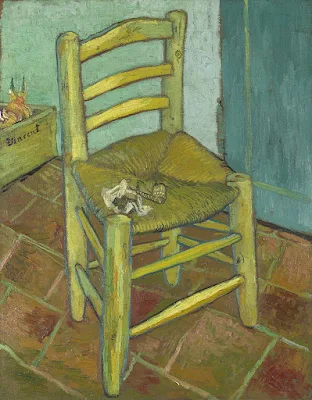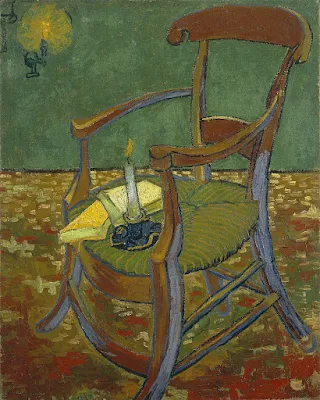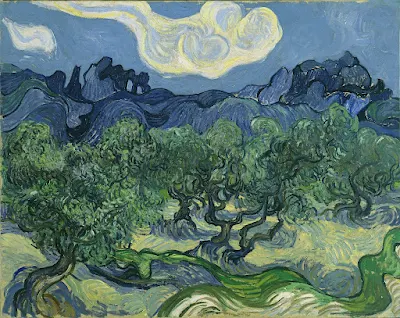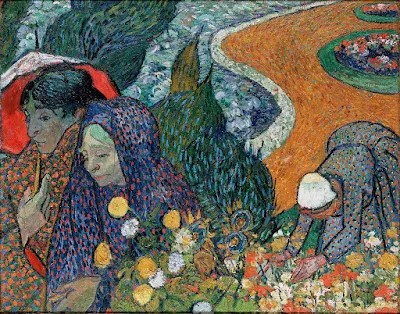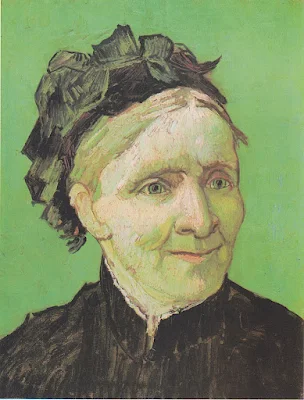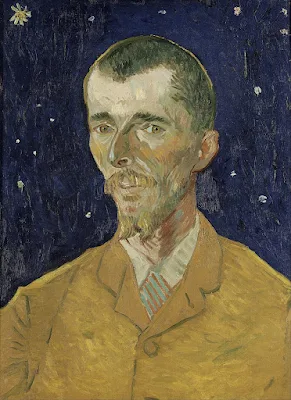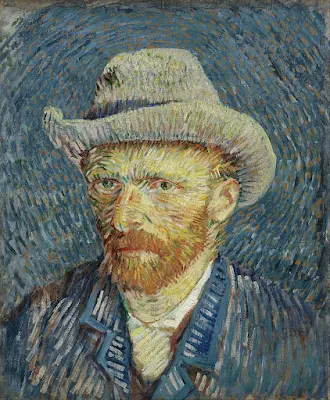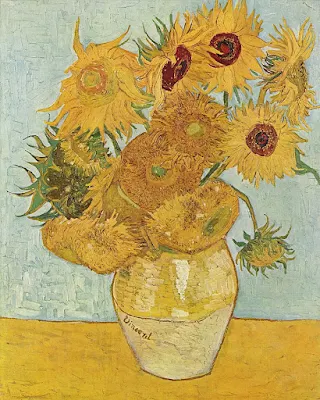Vincent van Gogh: A Journey of Colors and Emotions - The Dutch Maestro of Post-Impressionism
Vincent Willem van Gogh, a luminary in the realm of Western art, left an indelible mark with his vivid colors and expressive brushstrokes. Let's embark on a journey through the life and art of this Dutch Post-Impressionist painter.
From Groot-Zundert to Artistic Greatness
Vincent van Gogh was born on March 30, 1853, in Groot-Zundert, Netherlands. His upbringing in an upper-middle-class family laid the foundation for his artistic journey, marked by a quiet yet contemplative demeanor from an early age.

Early Influences and Artistic Beginnings
As a child, van Gogh displayed a penchant for drawing, foreshadowing his future as a painter. Despite lacking formal artistic training, his early years were imbued with a deep appreciation for nature and a keen observation of the world around him.
The Path to Artistic Awakening
After grappling with various career paths, including work as an art dealer, van Gogh experienced a spiritual awakening that ignited his passion for painting. His journey of self-discovery led him to embrace art as a means of expression and catharsis.
Embracing the Avant-Garde in Paris
In 1886, van Gogh relocated to Paris, where he immersed himself in the vibrant art scene and encountered avant-garde movements that would profoundly influence his work. His encounters with artists like Émile Bernard and Paul Gauguin sparked a transformative period in his artistic evolution.
The Radiance of Arles
Van Gogh's sojourn in Arles, France, in 1888 proved to be a pivotal chapter in his career. Amidst the sun-drenched landscapes of Provence, he unleashed a burst of creativity, producing some of his most iconic works characterized by vibrant colors and dynamic compositions.
Struggles and Triumphs
Van Gogh's artistic brilliance was often overshadowed by personal struggles, including mental illness and financial hardship. Despite facing adversity, his unwavering dedication to his craft yielded a body of work that continues to captivate and inspire.
Legacy and Recognition
Though van Gogh's life was marred by tragedy, his legacy endured beyond his years. Posthumously recognized as a visionary artist, he remains a symbol of the tortured genius, revered for his unparalleled contributions to the world of art.
Immortalized in Museums and Collections
Van Gogh's paintings, once overlooked during his lifetime, now adorn the walls of prestigious museums and private collections worldwide. Institutions like the Van Gogh Museum in Amsterdam serve as custodians of his artistic legacy, ensuring that his masterpieces are preserved for future generations.
Exploring Van Gogh's Artistic Philosophy
At the heart of van Gogh's art lies a profound exploration of the human experience and the beauty of the natural world. His paintings serve as a testament to the transformative power of art and its ability to transcend barriers of time and space.
Vincent van Gogh
At the heart of van Gogh's art lies a profound exploration of the human experience and the beauty of the natural world. His paintings serve as a testament to the transformative power of art and its ability to transcend barriers of time and space.

Colorful Expressions
Vincent van Gogh's Timeless 50 Artworks
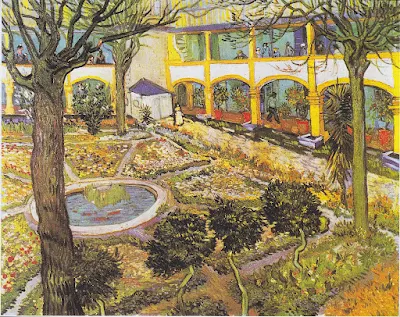

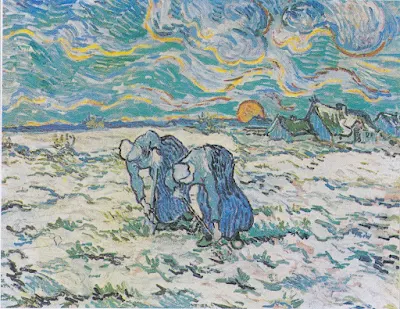
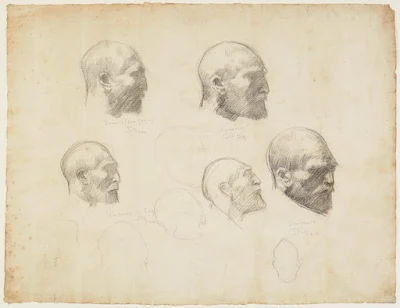

![Sunflowers (F.458), repetition of the 4th version (yellow background), August 1889.[1] Van Gogh Museum, Amsterdam painting Vincent van Gogh](https://blogger.googleusercontent.com/img/b/R29vZ2xl/AVvXsEgTvj6-jfRDlmRFvjlibPPJLDYrQCOmZ3pgLH0rzeb8-rTGg__1fazyg_YhBOrL6w8qhGJ5MmEyy9afZSftAM1QyrUi1yp_uRYSsOkwFhD5b2KOFh2TYiV6jQUlC375q9ISib6VoqG4e-W6lgHLGZOsira288zmeIUPZJ5q02VupTta37weU4qZiGk_gg/s400-rw/00004%20Sunflowers%20-%20Vincent%20van%20Gogh.webp)
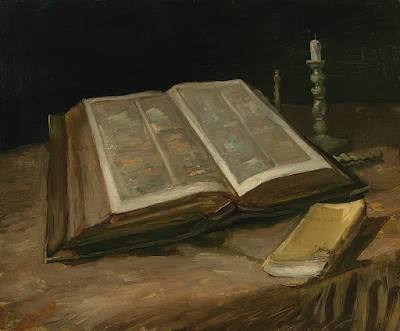
Frequently Asked Questions
☛ What is Vincent van Gogh known for?
Vincent van Gogh is renowned for his vibrant and emotionally charged paintings, including iconic works such as "Starry Night" and "Sunflowers."
☛ Where was Vincent van Gogh born?
Vincent van Gogh was born in Groot-Zundert, Netherlands, on March 30, 1853.
☛ Did Vincent van Gogh receive formal art training?
Vincent van Gogh briefly attended art academies in Brussels and Antwerp but largely pursued his artistic development through self-directed study and practice.
☛ What is Vincent van Gogh's artistic style?
Vincent van Gogh's artistic style is characterized by bold colors, dynamic brushwork, and a raw emotional intensity, influenced by impressionism and post-impressionism.
☛ What are some of Vincent van Gogh's most famous paintings?
Some of Vincent van Gogh's most famous paintings include "Starry Night," "Sunflowers," "The Bedroom," and "Irises."
☛ Where can I see Vincent van Gogh's paintings?
Vincent van Gogh's paintings are housed in prestigious museums and galleries worldwide, including the Van Gogh Museum in Amsterdam and the Museum of Modern Art in New York.
☛ What was Vincent van Gogh's artistic philosophy?
Vincent van Gogh's artistic philosophy centered on expressing the beauty and complexity of the human experience through his paintings, conveying profound emotions and universal truths.
☛ Did Vincent van Gogh receive recognition during his lifetime?
Vincent van Gogh faced rejection and criticism during his lifetime and struggled with mental health issues, but his posthumous recognition as one of the greatest artists in history is undeniable.
☛ What impact did Vincent van Gogh have on art history?
Vincent van Gogh's innovative use of color, brushwork, and emotional expression had a profound impact on the development of modern art, influencing generations of artists to come.
☛ How did Vincent van Gogh die?
Vincent van Gogh died by suicide on July 29, 1890, at the age of 37, after struggling with mental health issues throughout his life.
Conclusion
Vincent van Gogh's journey from obscurity to artistic immortality is a testament to the transformative power of art and the enduring legacy of creative visionaries. Through his bold colors and emotive brushstrokes, he invites us to see the world through his eyes, forever immortalizing the beauty and complexity of the human experience.
Explore more Dutch Artist
Courtesy, Credits and Thanks
Explore more about Artist Vincent van Gogh
en.wikipedia.org: Discover the life and art of Vincent van Gogh, a Dutch Post-Impressionist painter who left an indelible mark on Western art history.
www.vangoghmuseum.nl: Explore the world's largest collection of Vincent van Gogh's artworks at the Van Gogh Museum in Amsterdam. Immerse yourself in his genius.
